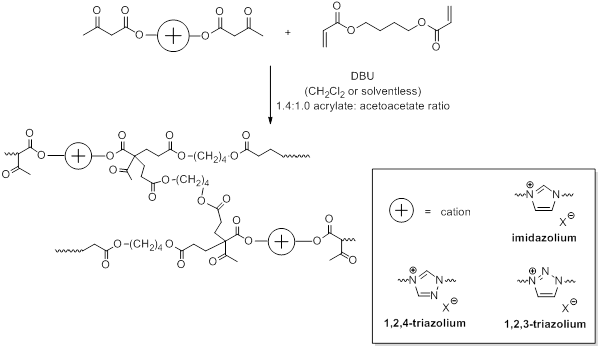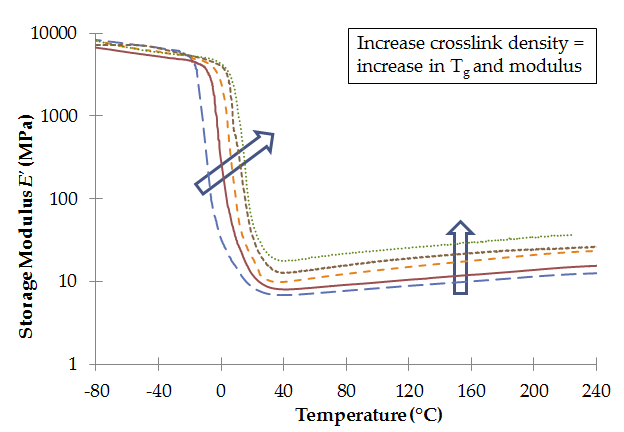Reports: UNI753097-UNI7: Structure-Activity Study of Triazolium-Containing Michael Addition Polyesters
Kevin M. Miller, PhD, Murray State University




Kevin M. Miller, PhD, Murray State University




Reports in the ACS PRF Annual Report are published as submitted by the Principal Investigator.
Copyright © American Chemical Society